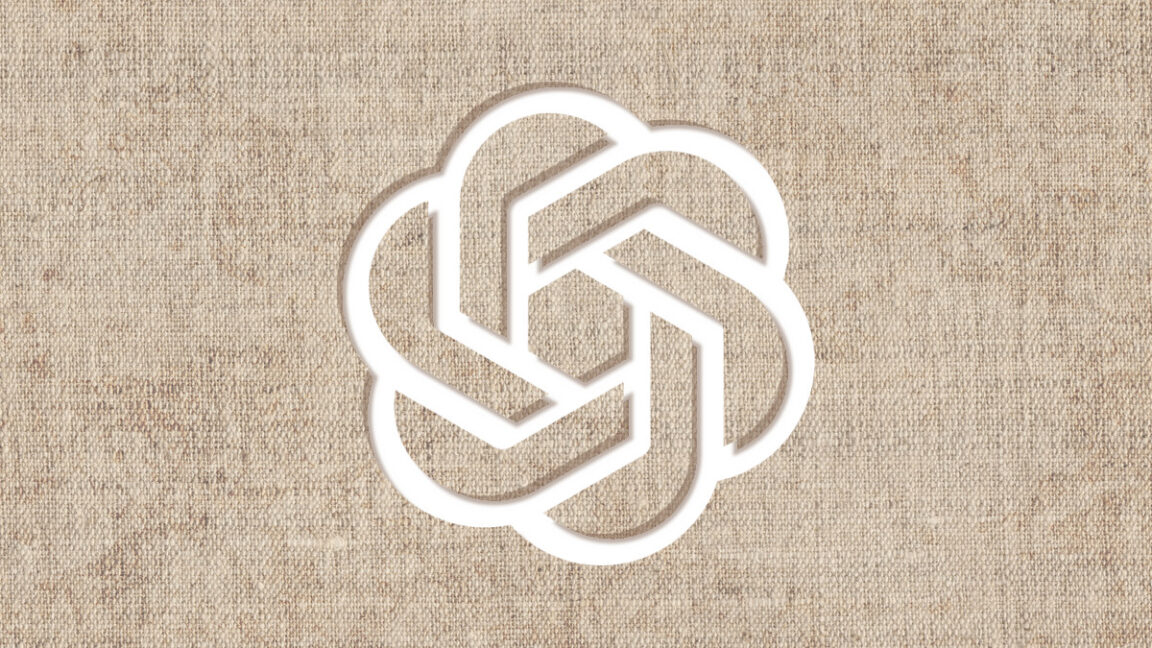
The Google Pixel 8 series has been making headlines recently, not only for its impressive specs and features, but also for a hidden capability that has been discovered. It turns out that the Pixel 8 and Pixel 8 Pro actually support DisplayPort functionality on a hardware level, despite Google stating otherwise.
DisplayPort Alternate Mode, also known as DP Alt Mode, allows for video to be broadcasted to external display devices over a USB-C connection. This means that the Pixel 8 series has the ability to transfer DisplayPort signals, but this feature has been disabled in the phones’ software.
The confirmation of this hidden functionality came from Mishaal Rahman, who shared a video showing a Pixel 8 Pro successfully connected to a display. This discovery contradicts Google’s own statement to Android Authority, where they explicitly said that the Pixel 8 series does not support DisplayPort connection.
Although the feature is disabled at a software level, there is a way to enable it through rooting the device and tinkering with some configurations. Rahman suggested a method that involves using the right combination of USB-C cables and monitors/displays. A tester who attempted this method successfully used a USB-C-to-USB-C cable that is claimed to be DisplayPort compatible.
It is unclear why Google hasn’t officially enabled DisplayPort functionality on the new Pixels when the hardware is clearly capable of supporting it. Other devices, such as the new iPhone 15 series, already support 4K HDR video output to an external display through DisplayPort. It seems that Google may still be working on perfecting this feature before making it widely available.
The discovery of the Pixel 8 series’ hidden DisplayPort functionality has surely excited tech enthusiasts and Pixel fans. It opens up new possibilities for using the devices as powerful tools for productivity, entertainment, and gaming. As more users experiment with rooting their devices and enabling this feature, we can expect to see further developments and improvements. Perhaps Google will eventually officially unlock this capability through a future software update, giving users a seamless and straightforward method to utilize DisplayPort on their Pixel 8 devices.
Overall, the revelation of the Pixel 8 series’ hidden DisplayPort functionality showcases the potential of these devices and highlights the continued advancements in smartphone technology. It also raises questions about why certain features are disabled by default and the importance of user customization and tinkering. As technology continues to evolve, we can look forward to even more exciting discoveries and innovations in the world of smartphones.






